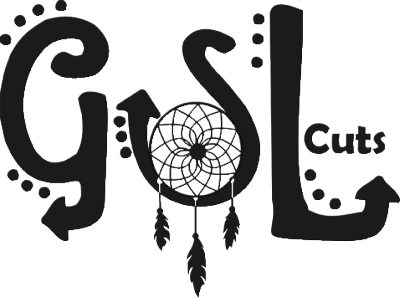1. Gather Supplies.
2. Use Weldbond to Adhere Torn Vintage Script to GSLC Chunky ATC Blanks.
3. Distress with Distress Stains Randomly. Sealing with Matte Gel Medium.
4. Use a Small Plastic Pallet Knife to Randomly "paints" GSLC Small Tags with Pale Green, Nickel Azo Yellow, and Titan Buff Paints. Seal with Matte Gel Medium.
5. Choose Apothecary Labels and Stickers to Embellish the GSLC Small Tags.
6. Once Fully Dry use Emboss it Dabber and Seth Apter Vintage Beeswax Embossing Powders to Age the Prepared Tags. Cure with Heat Tool.
7. Add Patina and Interest Using Dry Brush Technique and Metallic Copper Paint and Fluorescent Blue Paint.
8. Cut Scraps of a Flannel Shirt and Fray the Edges.
9. Use an Awl, Micro Screws and a Screwdriver to Assemble your Trading Cards.
Some Final Thoughts.
In Medieval Europe There was a close connections between Christianity and Herbalist. Paracelsus was a 16th-Century Swiss physician, alchemist, and philosopher wrote "God does not want things to stay hidden, which he created for mankind's benefit and which He gave man as his property God did mark upon it outer, visible signs that are special marks." as if God himself divinely orchestrated a scavenger hunt for us to find herbs healing powers.
With the advent of modern medicine, herbalist fell out of favor and nowadays is mostly viewed as pseudoscience. But as with most things in more recent years it has had a resurgence as many people are now weary of the conglomerate overpriced medicine of Huge Pharmaceutical Companies.
As with many things there are two sides to the story and we should adhere to the cautionary saying "Don't throw the baby out with the bath water" meaning something good id eliminated when trying to get rid of something bad, or rejecting the favorable along with the unfavorable.
Supplies: GSLC-Small Tag Set, GSLC Chunky ATC Blanks, Vintage Script Index Pages, Weldbond, Paintbrush, Distress Stain-I used Gathered Twigs and Scattered Straw, Acrylic Paint I used Pale Green, Nickel Azo Yellow, and Titan Buff, Small Plastic Palette Knife, Apothecary Labels Stickers or Printed Images, Emboss Dabber Clear, Seth Apter Vintage Beeswax Embossing Powder, Heat Tool, Metallic Copper Paint and Fluorescent Blue Paint, Pieces of Flannel Shirts, Awl, Micro Screws, Screwdriver, Matte Gel Medium,
I cannot wait to see your interpretation of this project. Share it on the Gypsy Soul Laser Cuts Craft Group Page on Facebook. I would love to see what new creations you are working on!


.jpg)
.jpg)












.jpg)
.jpg)
.jpg)
.jpg)
.jpg)
.jpg)
.jpg)
No comments:
Post a Comment